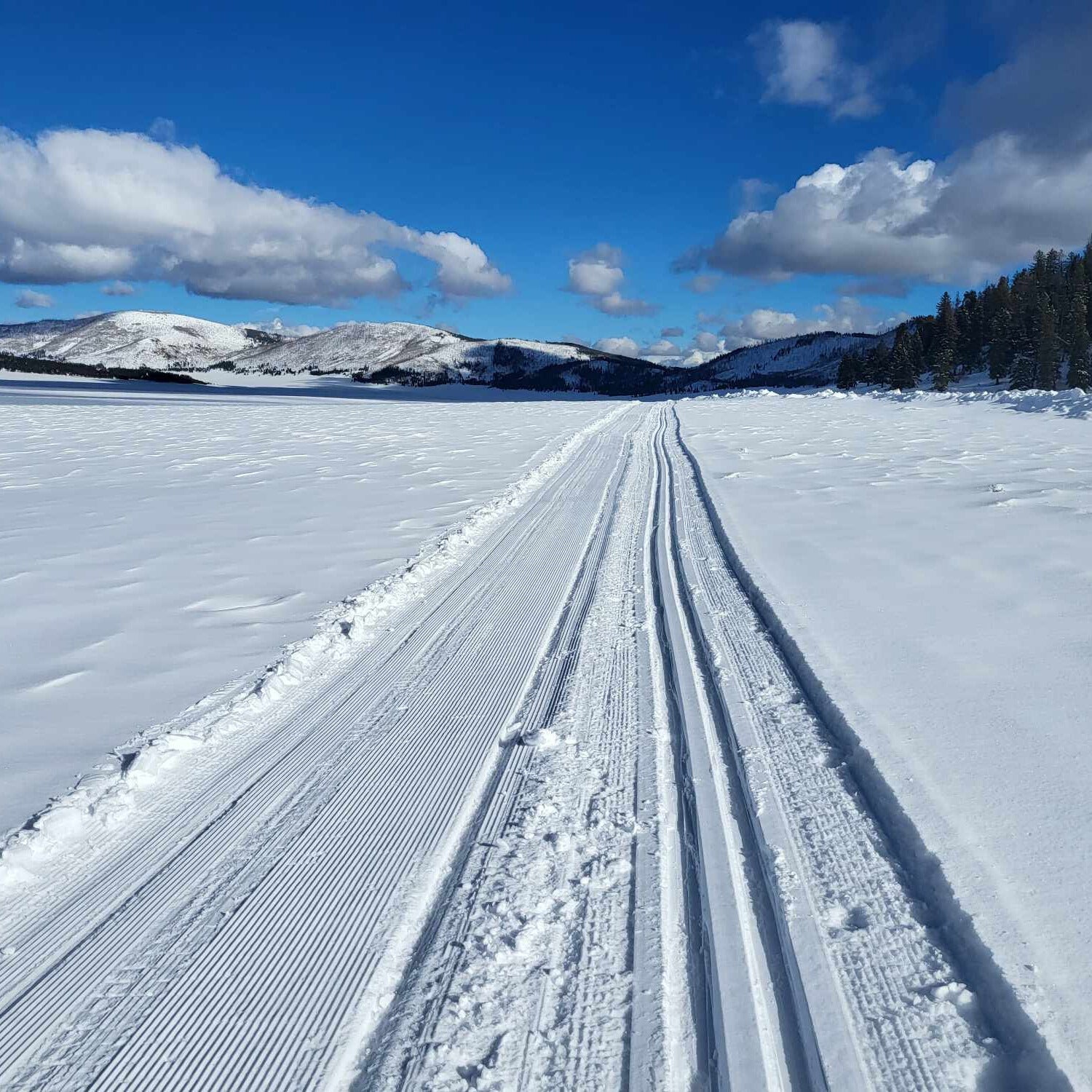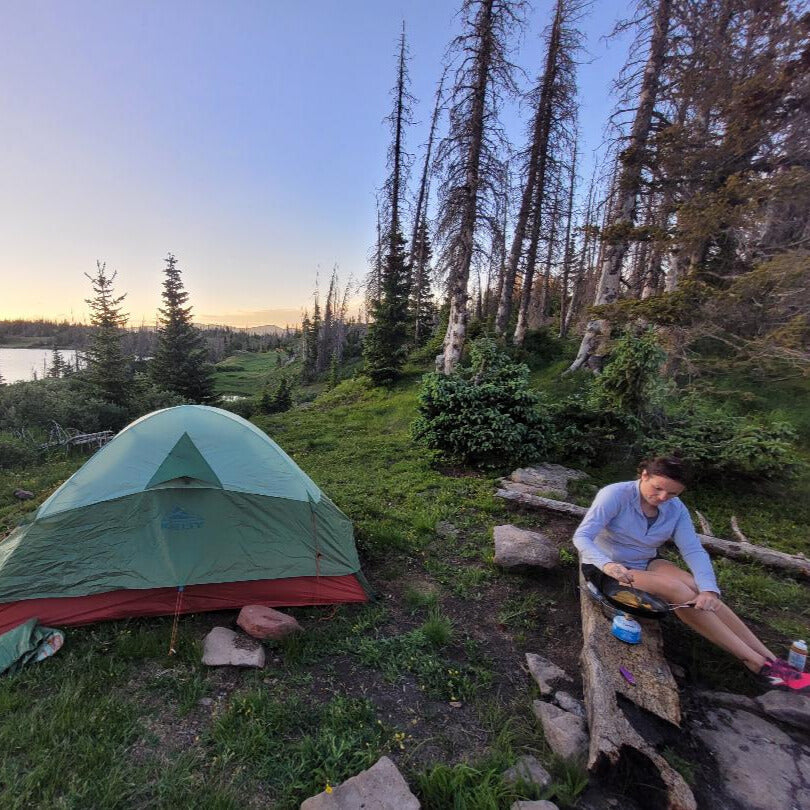Your Cart is Empty
accepting gear drop offs Mon-Sat 10am-5pm. No Consignment acceptance on Sundays.
accepting gear drop offs Mon-Sat 10am-5pm. No Consignment acceptance on Sundays.

Last year we had the pleasure of volunteering for San Juan Mountains Association at the spectacular Ice Lakes Trailhead. This area saw an unprecedented number of visitors in the last few years and the SJMA trailhead ambassadors did their part to encourage responsible use and leave no trace ethics. We were happy to be a part of the effort to increase awareness and conservation.

In October of 2020 a fire damaged large sections of the trails (although not the lakes themselves) leaving it quite hazardous to hikers this year. The USDA Forest Service has deemed it unsafe and decided to close the trail for the summer months. For now, Ice Lakes basin gets a chance to breath, restore and regrow without human impact.
USDA Forest Service- San Juan National Forest
NEWS RELEASE: The Ice Fire area closure on the San Juan National Forest Columbine Ranger District has been extended until September 15. Post-fire hazards resulted in the need to extend the closure order time frame. Hazards include falling trees and boulders, and also the potential for debris flows during monsoon rains.
The closure order extends the original closure area to include South Mineral Campground and the lower Ice Lakes Trail. The closure applies to all public entry, including hikers, mountain bikers, and all motor vehicles.
See the news release for more details: Ice Fire Closure Extended; Ice Lakes Trail Remains Closed

Thanksgiving is almost here–and skiing this early is always a gamble. Here are some non-skiing warm(er) weather destination ideas for the long break.

Just a couple hours from Durango, Valles Caldera is a great cross-country skiing destination, with surprisingly good snow and very few visitors.
Valles Caldera National Preserve is a popular hiking destination in the summer and a surprisingly great skiing destination in the winter.

When spending one night (or many) in the backcountry, a warm dinner at night and hot beverage in the morning can make the difference. That invariably involves using a stove of some sort–but which one?
Stove technology has been around for decades, but new tech is making them lighter, more efficient, and more dependable than ever before. Here’s a rundown of the different kinds of backpacking stoves: